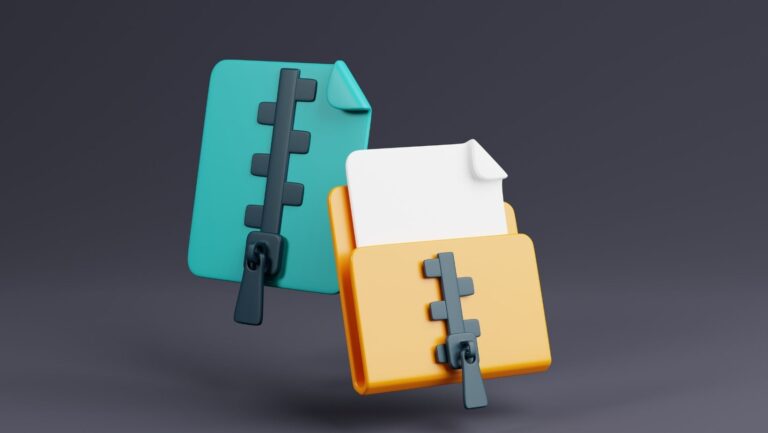
From tracking monthly payments to building an emergency fund, understanding where to spend money is the first step toward security. In this article, we’ll explore essential categories, practical strategies for budget allocation, and how smart budget segmentation can support future success.
The Importance of Budget Categories for Personal Finance
Organizing your finances with smart budget categories allows you to plan better and reduce financial stress. Budget allocation involves separating your income into groups, such as essentials, discretionary spending, and savings. This helps you meet current needs while preparing for the future. Essential categories include rent or mortgage payments, state health insurance premiums, and debt payments. Savings accounts and emergency funds should also be prioritized to prepare for unexpected situations.
Clear categorization is key to effective money management. Tools like bank statements and credit card statements can help you track spending habits and identify areas for improvement. You can also adopt budgeting models like the 50/30/20 rule, where 50% of income is allocated to essentials, 30% to discretionary spending, and 20% to savings.
What Are Smart Budget Categories?
Essentials cover the non-negotiable expenses necessary for day-to-day living. These include:
- Housing: Rent or mortgage payments typically comprise 25-35% of your income.
- Utilities and Insurance: Expenses like electricity, water, and health insurance premiums often range from 5% to 10%.
- Food and Transportation: Groceries and commuting costs may account for another 15-20%.
Savings and Funds
A solid savings account and a fund provide security. Experts recommend saving 20% of your income, with at least three to six months’ worth of expenses kept aside for emergencies.
Tracking Spending Habits
Tracking spending habits is crucial for better money management. Reviewing accounts and payments can help pinpoint unnecessary expenses. Credit card statements also reveal patterns that may be adjusted to save bucks.
Popular Budgeting Models
1. The 50/30/20 Rule
This model divides your income into three categories:
- 50% for necessities: Rent, utilities, and groceries.
- 30% for wants: Entertainment, dining out, and hobbies.
- 20% for savings and debt repayment: Build savings and reduce debts.
2. The 70/20/10 Rule
This model focuses on simplicity:
- 70% for daily expenses: Covers essentials like rent, food, and transportation.
- 20% for savings: Helps grow emergency funds or investments.
- 10% for debt or charity: Pay off debts or donate to causes you value.
3. The Envelope System
Allocate cash into envelopes for specific spending categories like food, rent, or entertainment.
- Spend only what’s in the envelope for each category.
- Encourages disciplined spending and helps avoid unnecessary expenses.
- Adjust envelopes as financial priorities shift.
The Role of a Saving Account in Financial Stability
Savings accounts are a cornerstone of financial stability. They help you accumulate funds for goals like buying a home or starting a business. Moreover, they can earn you more money through interest.
Reducing Credit Card Debts
Tackling debt is a priority in any smart budget. Paying off high-interest debt first can free up extra money for other expenses.

Aim to pay more than the minimum each month for faster results.
Building Financial Security
Smart budget categories are the foundation of security. Funds for emergencies and clear budget allocation prepare you for unexpected expenses, ensuring that finance is less stressful.
Tips to Save Money Within Your Budget
- Limit discretionary spending to 15-20%
- Use e-statements to identify areas for cutting costs
- Automate savings to ensure consistent deposits into your savings account
Balancing Essentials, Savings, and Discretionary Spending
Achieving balance requires regular assessment of your budget. Using tools like budgeting apps and bank accounts with automated features can simplify this process. Revisit your financial goals every six months to make adjustments as needed.
Benefits of Using Budget Percentages
Budget percentages simplify financial planning. They allow you to allocate income to essentials, discretionary spending, and savings in a structured way. For example, setting 20% for savings ensures you steadily build an emergency fund or grow a savings account. Over time, this approach improves financial security and aligns spending habits with your financial goals.
Preparing for Irregular Expenses
Irregular expenses, like annual insurance premiums or car repairs, can disrupt your budget if you are unprepared. Allocating a small percentage of your monthly income to a separate savings account for such costs ensures these surprises don’t affect your essential budget categories. Regular contributions prevent stress and help you save money for the unexpected.
Final Words
Smart budget categories help you manage your money effectively, reduce stress, and work toward future financial success. With clear organization and consistent tracking, you can create a sustainable budget that meets your needs and helps you achieve your dreams.
FAQs
How do I start creating budget categories?
Begin by reviewing your e-statements to identify fixed and variable expenses. Group them into categories like essentials, savings, and discretionary spending, and allocate percentages based on your financial priorities.
What is a realistic amount for an emergency fund?
A good fund covers three to six months of essential expenses.

For example, if your monthly expenses total $3,000, aim to save $9,000–$18,000.
Can I adjust the 50/30/20 rule to fit my needs?
Absolutely. If your rent or mortgage payments are higher, reduce discretionary spending or savings slightly to maintain balance. Adjustments ensure your budget reflects your lifestyle.



